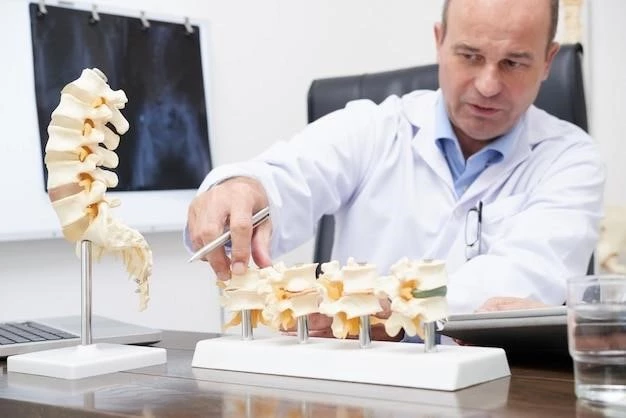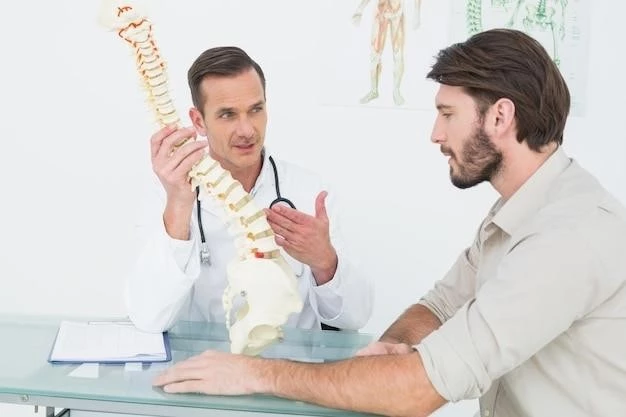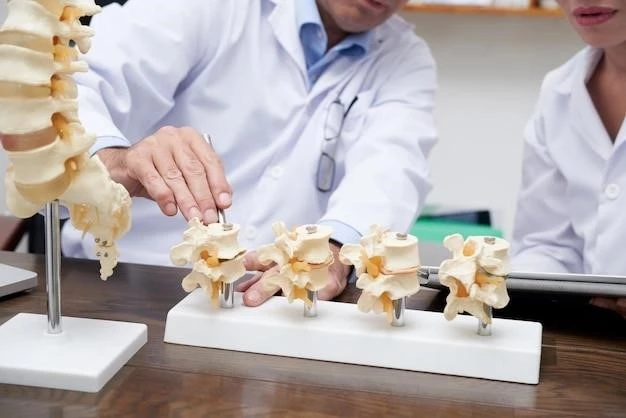Introduction to Skeletal Dysplasia Brachydactyly
Skeletal dysplasias are a diverse group of over 400 genetic disorders affecting bone and cartilage development, with an approximate incidence of one in 5000 births. Radiologists commonly encounter these conditions, which are pivotal in medical education and clinical practice.
Skeletal dysplasias encompass a diverse group of over 400 genetic disorders affecting bone and cartilage development. Individually rare, these disorders collectively are relatively common with an approximate incidence of one in 5000 births. Radiologists frequently encounter skeletal dysplasias, making them essential in medical education and clinical practice.
Overview of Skeletal Dysplasias
Skeletal dysplasias include over 400 genetic disorders impacting bone and cartilage development, collectively common but individually rare. Radiologists often encounter these conditions, crucial in medical practice.
Common Features of Skeletal Dysplasia
Skeletal dysplasias are characterized by a wide range of bone and cartilage abnormalities, collectively forming over 400 rare genetic disorders. These conditions exhibit diverse clinical and molecular heterogeneity, impacting bone structure and growth.
Diagnostic Approach for Brachydactyly
When evaluating brachydactyly, radiologists consider not only the shortened digits but also associated anomalies such as extra or fused digits. These features provide crucial clues for accurate diagnosis and differentiation of various skeletal dysplasias. Careful assessment of hand and foot abnormalities is essential for guiding further diagnostic investigations.
Genetic Basis and Inheritance Patterns
Skeletal dysplasias result from a diverse range of genetic mutations that impact bone and cartilage development. Understanding the inheritance patterns, such as autosomal dominant or recessive, is crucial for diagnosing and managing these conditions effectively.
Mutations in COL10A1 and GDF5 Genes
COL10A1 and GDF5 gene mutations contribute to various skeletal dysplasias, including brachydactyly type C and proximal symphalangism. These mutations play a critical role in bone and cartilage development, leading to distinct clinical manifestations.
Autosomal Dominant TRPV4 Skeletal Dysplasias
Autosomal dominant TRPV4 skeletal dysplasias present a diverse phenotypic spectrum, necessitating a comprehensive approach to differential diagnosis. The differential diagnosis often includes mild conditions such as familial digital arthropathy-brachydactyly, highlighting the importance of meticulous clinical assessment and genetic testing.

Management and Treatment
Management of skeletal dysplasia involves multidisciplinary care teams comprising specialists in orthopaedics, genetics, and other relevant fields. Therapeutic interventions aim to address bone and cartilage abnormalities, providing comprehensive care to individuals with skeletal dysplasia.
Multidisciplinary Care Teams
In managing skeletal dysplasia, the involvement of multidisciplinary care teams is essential. These teams typically include specialists from various fields such as orthopaedics, genetics, and other relevant disciplines. Collaborative care ensures a comprehensive approach to address the complex needs of individuals with skeletal dysplasia.
Therapeutic Interventions for Skeletal Dysplasia
Therapeutic interventions for skeletal dysplasia aim to manage bone and cartilage abnormalities. These interventions may include surgical procedures, physical therapy, orthopedic devices, and other supportive measures to enhance mobility and quality of life for individuals with skeletal dysplasia.

Associated Syndromes and Complications
Acrodysostosis and acrocapitofemoral dysplasia are rare complications associated with skeletal dysplasia brachydactyly. These syndromes present unique challenges in diagnosis and management, often requiring specialized care and treatment approaches.
Acrodysostosis and Acrocapitofemoral Dysplasia
Acrodysostosis and acrocapitofemoral dysplasia are rare syndromes associated with skeletal dysplasia and characterized by severe brachydactyly and unique facial and limb abnormalities. These conditions present challenges in diagnosis and require specialized management strategies.
Metaphyseal Dysplasia with Maxillary Hypoplasia
Metaphyseal dysplasia with maxillary hypoplasia and brachydactyly (MDMHB) is a rare autosomal dominant skeletal dysplasia characterized by specific skeletal abnormalities such as metaphyseal flaring of long bones, maxillary underdevelopment, and short fingers. The distinctive features of this condition often guide clinicians in diagnosis and management.
Research Advances and Future Directions
Numerous studies strive for a better understanding of skeletal dysplasias, exploring novel approaches in genetics and molecular pathways. The evolving research aims to improve diagnosis, treatment, and patient outcomes in the field of skeletal dysplasia and brachydactyly.
Novel Approaches in Understanding Skeletal Dysplasia
Ongoing research explores innovative genetic and molecular pathways to enhance our understanding of skeletal dysplasias. By delving into novel approaches, researchers aim to unravel the complexities of these disorders, paving the way for improved diagnostic methods and therapeutic advancements.
Challenges and Opportunities in Skeletal Dysplasia Research
Research in skeletal dysplasias faces challenges due to the complexity of these genetic disorders. Opportunities lie in exploring advanced genetic testing, molecular pathways, and emerging technologies to enhance diagnosis, treatment, and understanding of skeletal dysplasia conditions.
